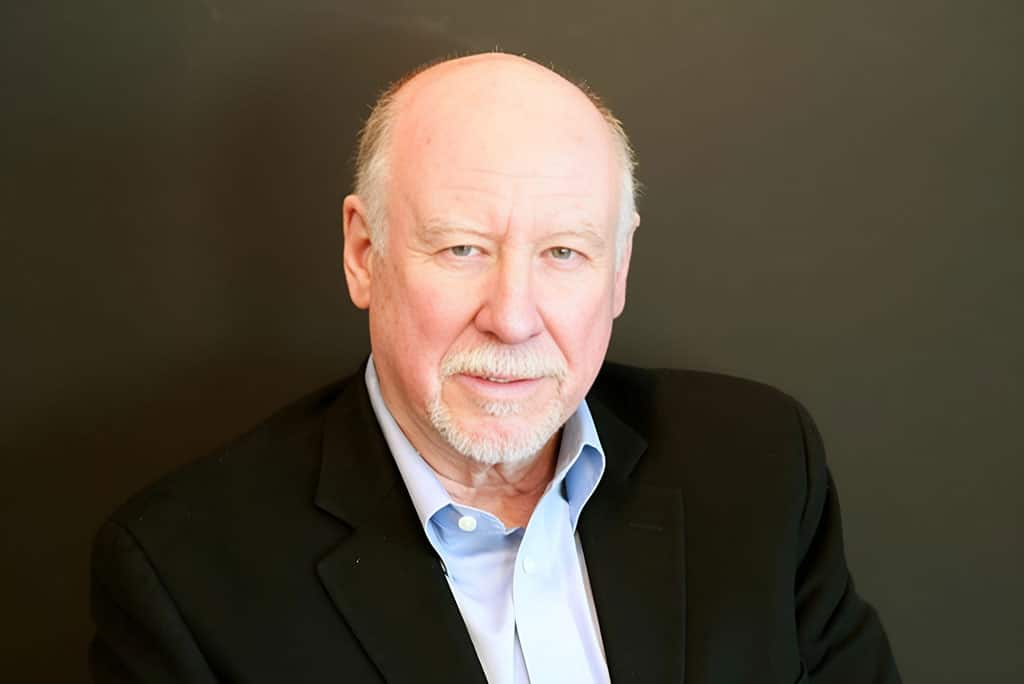How to Change Organizational Culture and Avoid Catastrophes

Catastrophes are a risk in organizational life. From a quality issue that causes consumer fatalities and brings reputational damage to a hostile working environment leading to harassment or to employees becoming seriously or fatally injured. These things are usually a surprise to the senior-most leaders. “I knew we had some issues at that facility, but not like that!”
Investigations into the catastrophe turns up causes — procedures weren’t followed; problems were known but solutions hadn’t been found; a team had been working on it for some months. Leaders admit, “That plant has always been a problem,” or the opposite, “We thought things were fine — just look at the numbers.”
What all these situations have in common is a problematic culture that has gone unrecognized. Signs were there — “We’ve had four plant managers since the reorganization three years ago,” but the severity of the issue was missed.
What will it take to make a major and sustainable culture change? How will an organization go about it once the problem has been exposed? It’s known that leadership creates the culture, but what are they missing?
My colleagues and I have studied 400 of these kinds of events across industries, types of facilities, and country cultures. We looked at them through the lens of decision making: what decisions were related to the outcome, what employee level made them, and how did it go unnoticed until the bad outcome happened? Our decision analysis method started at the end point and worked back through the network of decisions that enabled the event.
Among the reasons that we found was that problems are often understood based on the catastrophe’s endpoint.
Say that a mixing vessel explodes in a recycling plant, killing three people. The investigation finds that the operator replaced a worn-out blade improperly — a clear violation of procedure. For some, the “cause” of the event has now been found. Leadership is frustrated. “What do we have to do to get these people to follow procedures? This is a behavioral issue!”
But looking further at the network of decisions that ended with the worker deciding not to follow the procedure reveals a totally different picture — previous decisions to keep the stock of blades low, the accepted practice of using used blades, a decision to allow combustible dust to accumulate across the facility, and the decision to use one blender rather than two — combined to produce a culture where it was acceptable to do what ended up killing three people.
Technically this is called “normalization of deviance.” It was seen in the Space Shuttle Columbia explosion and in many other catastrophic events. This is a cultural attribute.
Our investigations also found that one reason leaders find it so hard to change what has become an apparent deficient culture is that their understanding of it is only partial. The top layer of “how we do things around here” is visible, but the attributes that lie underneath aren’t often seen. And this lack of visibility leads to sub-optimal decision making.
To get at this, it’s helpful to think of the organization’s “cultural infrastructure” — the attributes that enable it to get things done well. In the research literature this is called organizational functioning, and it’s been studied extensively over the last 20 years.
Cultural infrastructure attributes includes:
- Upward communication. Does information flow up to the level the decision is made at?
- Organizational support. Are teams given the support they need to reach objectives?
- Organizational justice. Are decisions that affect the staff made fairly?
- Leadership credibility. Are leaders trusted?
- Climate of safety. Is there confidence that employees are protected from harm, both physical and psychological?
Each attribute can be measured and the data tracked to assess improvement. The change process begins with baseline measures taken to determine cultural strengths and opportunities. Surveys can do this, but a more efficient way is to target small subsets of employees — statistically determined to be representative — and sample periodically. A set of samples over a period of weeks is usually sufficient to get a baseline. This positions leadership to set targets for improvement.
Then, identify specific actions and decisions that are known to influence the cultural infrastructure. Each organization should identify their specifics, but general categories are likely to include listening, providing support, asking for different views, encouraging engagement, and being empathic. These qualities may be present in leadership now, but if cultural issues are present, it’s likely that they are lacking so training may be needed. Over time, periodic measures can be taken to determine the extent to which the culture is moving in the direction needed.
These activities will change the climate very rapidly. But that change must be sustained to lead to real, ingrained culture change. So, in a real sense, slower is faster. But righting the wrongs wrought by a substandard culture will be worth the time and effort.
Written by Thomas R. Krause.
Have you read?
World’s Best Countries To Invest In Or Do Business.
World’s Most Startup-Friendly Countries.
World’s Best Countries For Quality of Life.
Largest Economies Europe In 2024.
GDP of the BRICS countries (2000 to 2028).
Bring the best of the CEOWORLD magazine's global journalism to audiences in the United States and around the world. - Add CEOWORLD magazine to your Google News feed.
Follow CEOWORLD magazine headlines on: Google News, LinkedIn, Twitter, and Facebook.
Copyright 2025 The CEOWORLD magazine. All rights reserved. This material (and any extract from it) must not be copied, redistributed or placed on any website, without CEOWORLD magazine' prior written consent. For media queries, please contact: info@ceoworld.biz








